Components for plastic wet electrostatic precipitator
Plastic internals for wet electrostatic precipitators are used wherever aerosols (e.g. H2SO4, SO3, TiO2 and tar) and fine dusts have to be separated from discharges with a high degree of efficiency.
Each filter is designed for a defined performance profile. The filter cross-sections are standardised and/or optimised to defined casing sizes. The filter output is defined by the number and length of the pipes. In addition to the various components such as ring lines with nozzles, gas distribution and electrode guide frames, we also offer the suitable filter casings.
Aerosol and fine particulate matter filter output
Wet electrostatic precipitators bind up to 99.0% of the dusts and filter up to 99.9% of the aerosols in the exhaust gas – even very small particles smaller than micrometres (1.0 μm) are captured. This high level of filtering depends on the complex operating conditions of the system. A decisive factor is the mutually impacting optimum interaction of exhaust gas volumes, loading of the gas flow and temperatures. We are looking for a broad, flexible operating window, at the same time also optimum synergy effects of operating factors to maintain or even exceed the high filtration levels.
The wet electrostatic precipitators have vertically arranged pipes as a filter surface in the centre of which there is a discharging electrode in a coaxial direction. Due to the applied negative high voltage on these electrodes, an electrical field toward the pipe wall is created. This causes electrical negative charging of the aerosols and/or dust particles (adhesion of electrons). Following the electrical field lines, these negatively charged particles move to the positively charged pipe walls, where they are filtered and/or wet the pipe walls and form the necessary current pathway to close the current circuit. The electrons are collected via a grounding on one of the pipe ends and returned to the high voltage generator.
Tube bundle for wet electrostatic precipitator
All tube bundles are self-supporting, modular designs made of low-flammable and self-extinguishing materials. Pipes with a diameter of 160 to 400 mm are used; the outer diameters 240, 250 and 400 mm are standardised. Steuler delivers tube bundle sizes precisely designed to the respective system concept. Even tube bundles that are 7 m long are used successfully.
The main areas of application for the tube bundles are non-ferrous metal works, power plants, waste incineration and chemical plants.

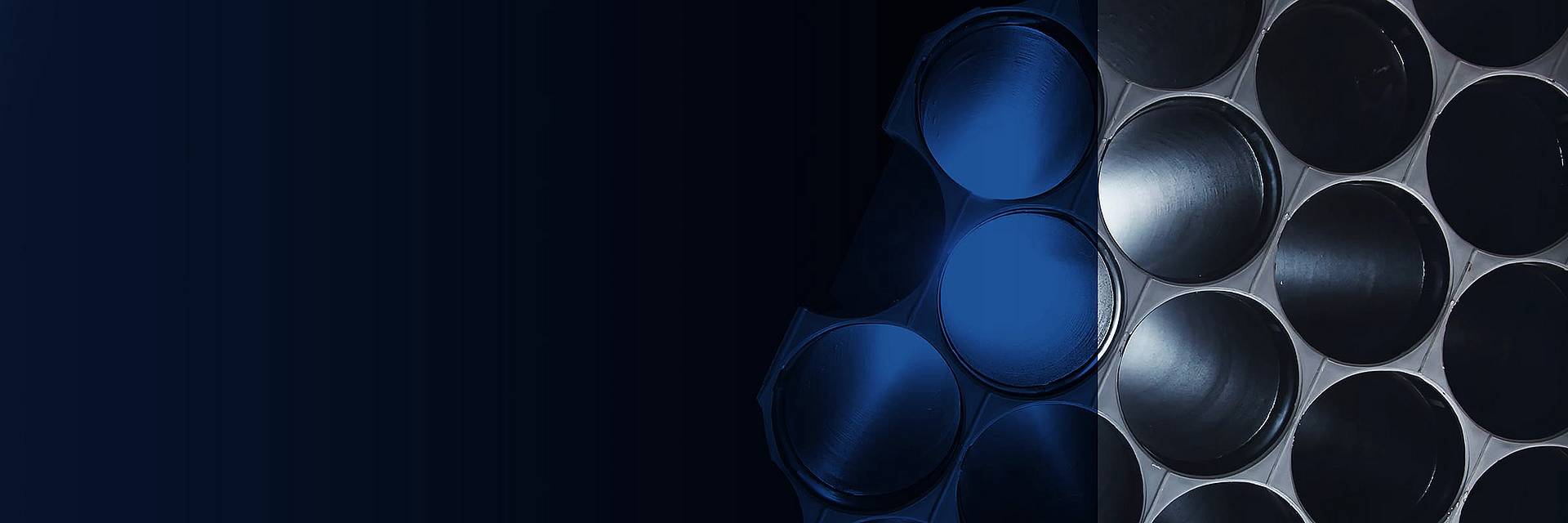


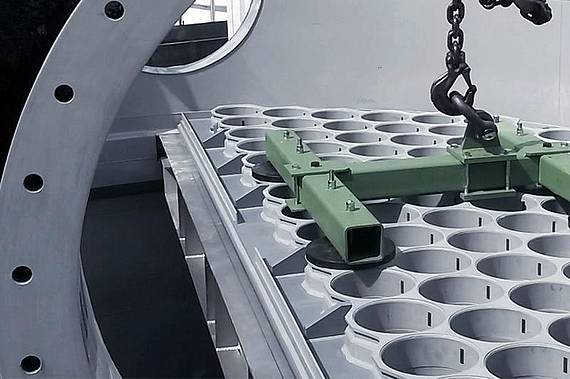
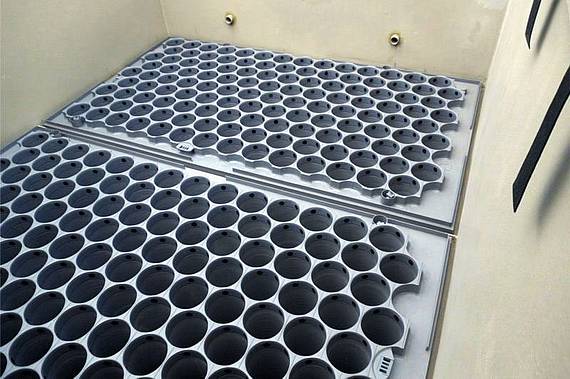
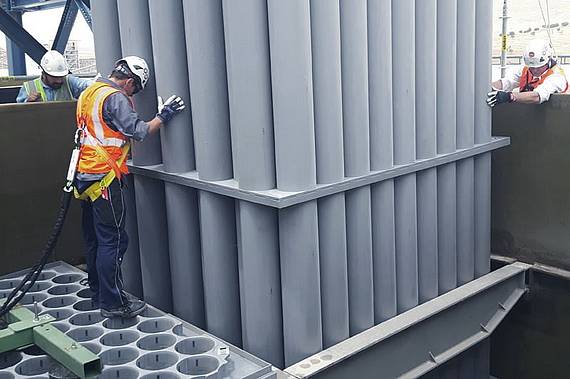
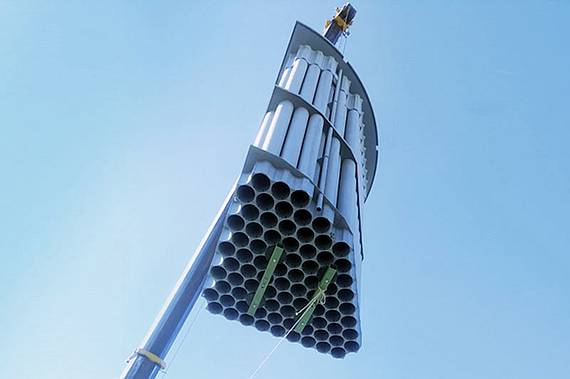
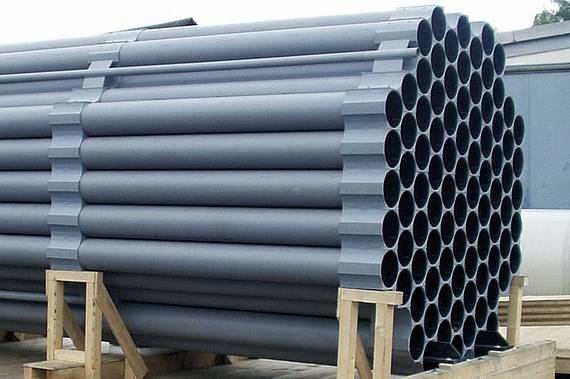
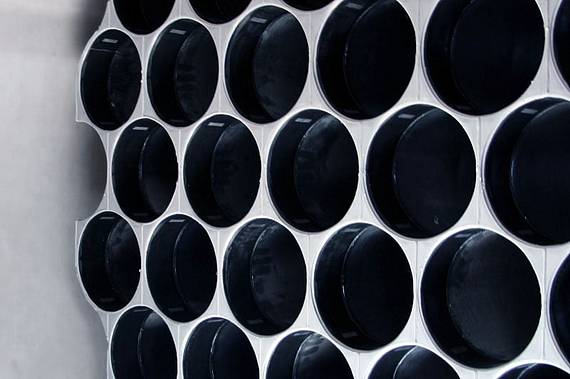
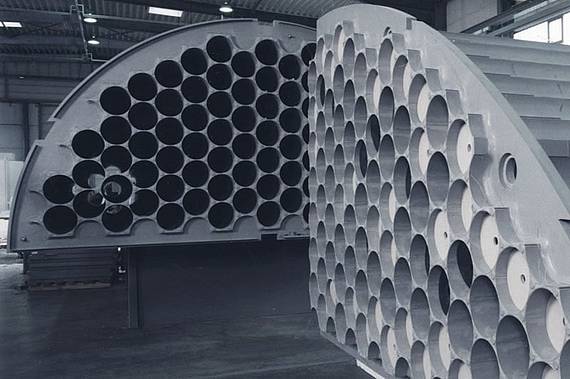
![[EN] [EN]](/fileadmin/steuler-linings/images/Services/services-verteiler-teaser.jpg)